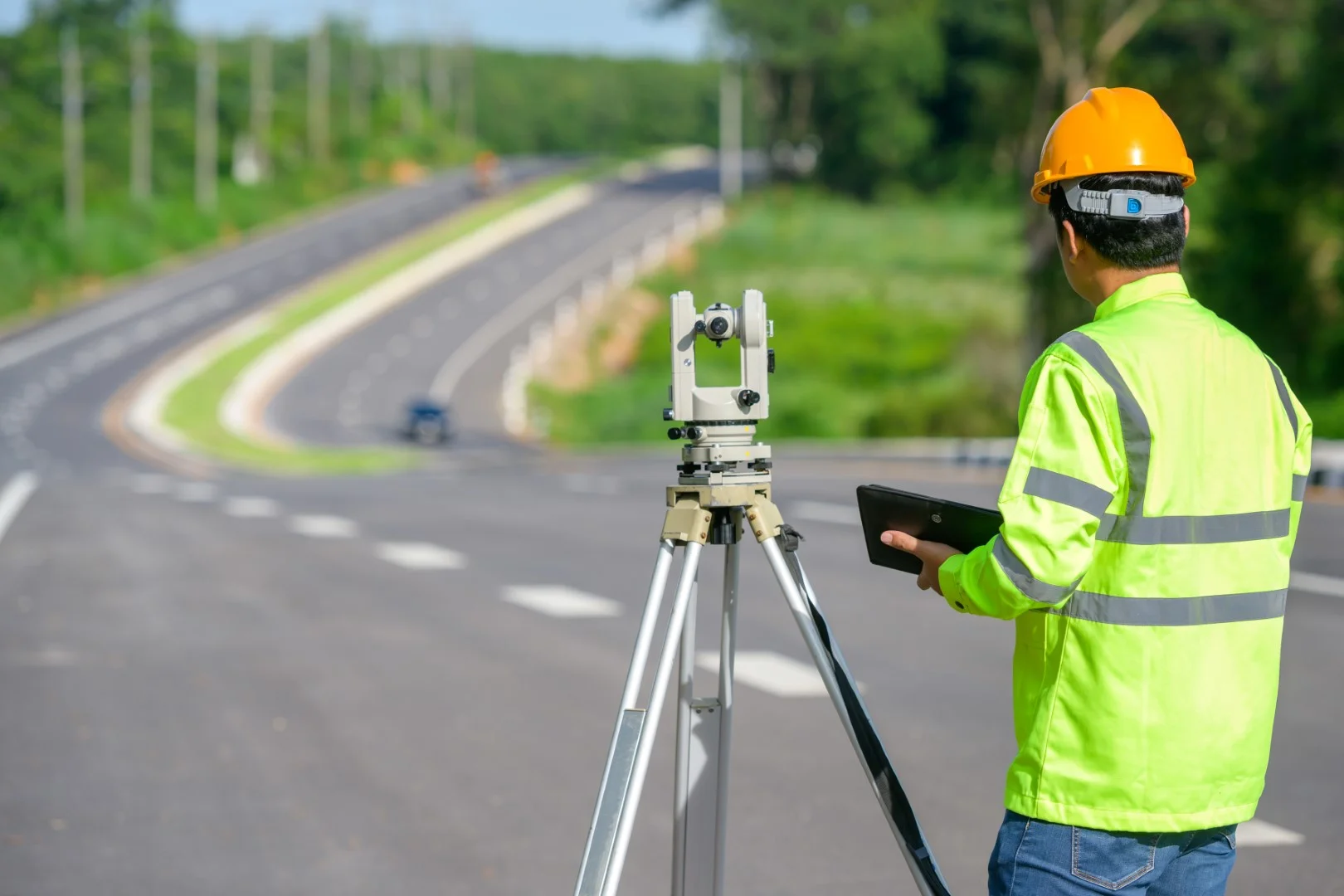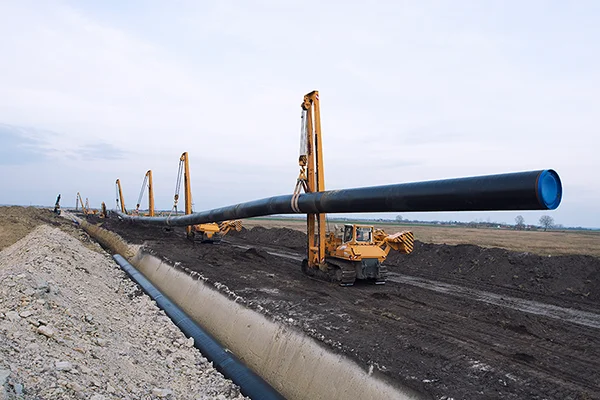How LiDAR Technology Helps to Assess Road Cracks and Ensure Safety
A global status report by WHO on road safety highlighted that 1.35 million people are affected by road traffic accidents annually. According to the report, the causes of these accidents can be grouped into three major categories: man, vehicle condition, and road infrastructure. The report highlighted the importance of the quality of physical road infrastructure in reducing accidents and increasing user safety. Poor road conditions also affect users’ commute times and gas spend. This is where the geospatial mapping capabilities of LiDAR technology can have a significant impact.
The Cost and Accuracy Issues of Traditional Surveys
Surveying road surfaces is a challenging aspect of assessing the condition of road infrastructure and repairing bad roads. ROADEX Network puts this cost at approximately 4% of the overall budget used for road repair. The effort expended when conducting surveys has also been historically high due to the use of calibration equipment and manual labor. According to statistics from Wisconsin, road surfaces must be comprehensively surveyed every 2 years to ensure they perform properly. Roads need to be shut down during these inspections. This is an inconvenience to both road users and survey teams, who are consequently under pressure to speed up the survey process.
Unsurprisingly, these traditional methods also lead to varying levels of accuracy which can compromise future surveys, repair efforts, and safety initiatives. This was why the introduction of LiDAR technology – for conducting road surveys, assessing road cracks, and ensuring safety – has been highlighted as an excellent tool for analyzing road surfaces.
Cost Implications of Using LiDAR
Statistics show that the cost of assessing and maintaining road surfaces increases exponentially if cracks are left untended for long durations. This is due to the continuous degradations that occur as commuters continue to use defective roads.
According to research conducted by the government of Wisconsin, early or minor repairs of road cracks may cost approximately $10,000 per mile. In situations where maintenance is delayed, the cost may grow to approximately $120,000 per mile and could hit the million-dollar mark per mile if a complete reconstruction must be done. This highlights the necessity for a regular or preventative maintenance plan to catch defects early on.
The human cost of leaving cracks on roads untended is also a key consideration sometimes overlooked when repair costs are being discussed. Severely cracked roads can increase the commute time of road users and affect business productivity. In fact, research conducted by the European Union shows that poorly maintained roads cost businesses approximately $16,000 yearly and increase the number of road fatalities. This highlights the need to conduct regular surveys to address road maintenance issues quickly, before they spiral out of control.
These statistics highlight why conducting regularly scheduled studies using modern LiDAR technology is vital. A 2-year surveying or inspection cycle is traditionally recommended due to the cost, traffic disruptions, and manpower needed to execute comprehensive surveys. LiDAR technology can be used to reduce this cost. The mapping and storage features LiDAR offers – as well as the choice of integrating it into autonomous vehicles – could lead to cost savings as high as 50% of the initial costs associated with more traditional scanning tools.
It is worth noting that the expertise of a technician will be needed to manage and monitor the LiDAR device used to conduct the survey. Also, the ability to remotely control the device reduces human labor and the high costs associated with surveying a large expanse of roads, which statistics from the European Union show could be as high as $70,000 per km and requires 3 men to execute.
How LiDAR Technology Reduces Mapping Effort While Enhancing Accuracy
In 2014, a mobile mapping system (MMS) was used to collect data along a 22 km stretch of road in Finland. The MMS was tasked with producing images of the road and pinpointing cracks and other defects with the aim of improving road safety. To accomplish this task, the MMS deployed two scanners, four cameras, and a positioning device to scan every aspect of the road and produce relevant road surface data.
To provide 3D visualizations of the road, the MMS sent collected data or point clouds to a compiler based on Bentley’s Microstation CAD software. The MMS hardware with these features is cumbersome and needs additional mounting equipment to keep it in place, and the 3D scanning and modeling process would definitely consume a lot of time before an accurate 3D representation is formed.
Although the task of mapping the road surface was achieved, the process was burdensome and required the hauling around of heavy equipment, even if a vehicle was used for mounting purposes. Advances in LiDAR technologies simplifies the process of mapping and truly delivers mobile mapping for road surface assessment.
Unlike the example highlighted above, the vision system, time-of-flight technology, and its scanning tools are all integrated into a device that fits into the palm of your hand. The 360-degree angular range of LiDAR also ensures it is capable of capturing every aspect of the road surface which enhances data accuracy and the inspection process. LiDAR technology also delivers its 3D results of the mapped road networks in real-time. This shows that using LiDAR to conduct road inspections is a more intuitive and affordable process which is beneficial to stakeholders.
Discovering Cracks in Hiding Areas
Another scenario that highlights the effectiveness of LiDAR technologies in improving road safety is the relatively high accident rates that occur on roads with horizontal curves. Statistics show that 40% of deaths that occur due to run-off road crashes happen in areas with horizontal curves. While some MMS may struggle to collect data from horizontal curved road areas due to a limited 180-degree angular range, LiDAR technologies are equipped with the features needed to handle this.
These challenges also highlight the need for conducting regular road inspections and ensuring maintenance activities are executed within the recommended timeframes. Proper maintenance also increases the life cycle of road surfaces and its accompanying structures.
Taking the Next Step
Conducting regular surveys or inspections to determine their condition is an important step in maintaining roads. This is why maintenance standards are periodically updated to include advances in road surveying tools. With the right tools, the cost of identifying road cracks is reduced. This makes it possible for inspections to be conducted more regularly and maintenance activities to be executed on time.
The technical nature of conducting road inspections and surveys using LiDAR technology requires hands-on expertise. This makes partnering with engineering firms experienced in geophysical data management an excellent decision to make. You can talk to a Cambay Representative to receive help with your road inspection challenges today.





